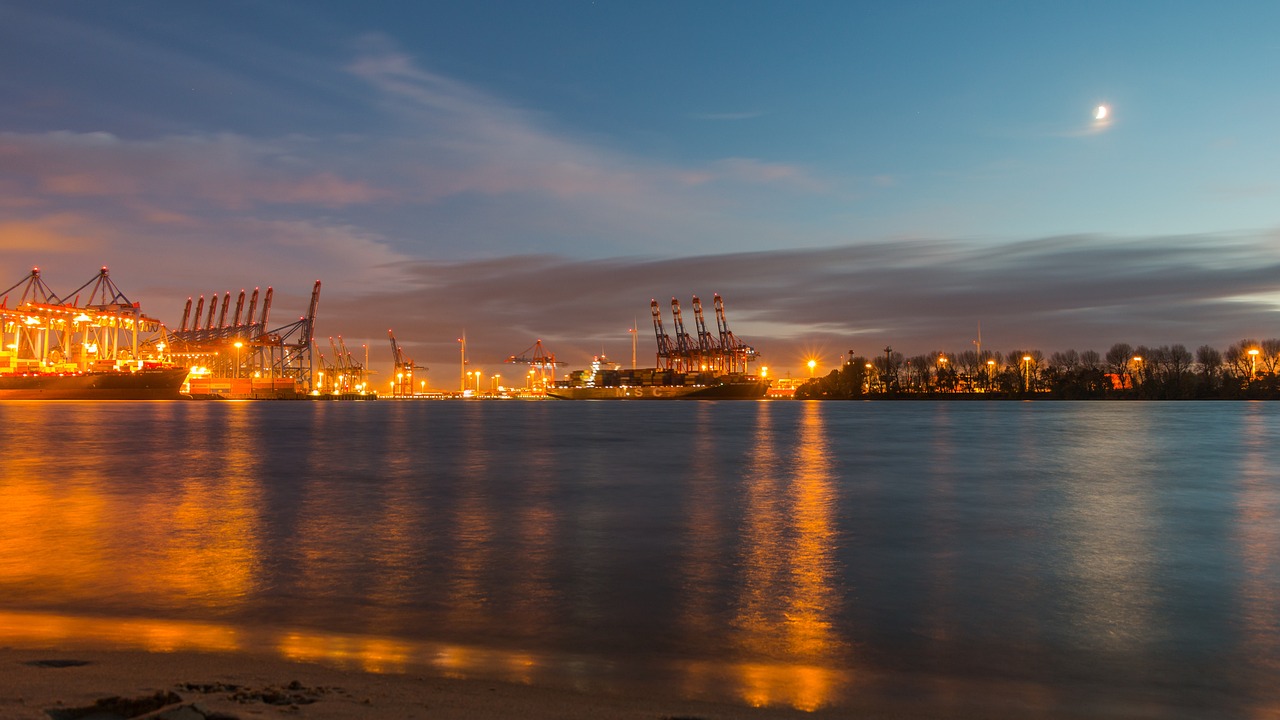The lead vessel of the Project 23550-class was designed to monitor and protect Russia’s Arctic waters, including the maritime shipping lanes along the Northern Sea Route from Novaya Zemlya in the west to the Bering Strait near Alaska in the east. With an Arc7 ice-class the patrol vessel can pass through ice up to 1.7 meters thick allowing for year-round navigation across large parts of the Arctic Ocean.
In contrast to the vessels of Russia’s nuclear icebreaking fleet, primarily used to escort commercial shipping, Ivan Papanin is the first of a new generation of armed “combat icebreakers.” It comes equipped with a 76.2mm naval gun, several heavy 12.7mm machine guns, and portable anti-aircraft missile systems. Depending on its mission profile it can carry up to eight Kalibr or Uran cruise and anti-ship missiles. It also comes with a helipad and hangar.
Construction of the patrol vessel began back in April 2017, with a launch just two and a half years later. The buildout and initial sea trials faced repeated delays pushing service entry back from 2023 to summer 2025.
A second vessel of the type, Nikolai Zubov, also for the Northern Fleet will follow in 2026. Two additional hulls are under construction for Russia’s equivalent of the Coast Guard. Following delays in construction with the lead vessel the Admiralty Shipyards in Saint Petersburg and the Vyborg Shipyard to the north of the city, are on track to complete subsequent hulls in 4-5 years from launch to commissioning.
Several Arctic NATO members currently operate similar ice-class patrol vessels, including Norway’s Svalbard-class and Canada’s Harry DeWolf-class. Denmark also recently announced plans to construct new ice-capable patrol vessels to replace aging Thetis-class vessels for service in Greenland’s waters.






